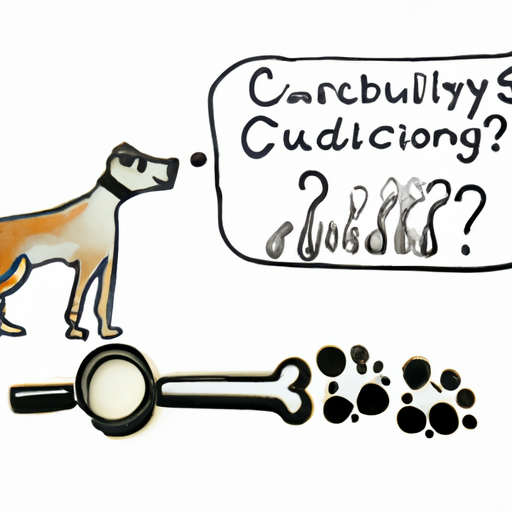Dogs are fascinating creatures, aren’t they? You, being a caregiver, know this better than anyone. You’ve probably noticed that some dogs have an extra toe, often referred to as a “dewclaw,” and wondered why. In this comprehensive guide, we’ll explore the reasons behind this intriguing canine characteristic.
H2: Anatomy of a Dog’s Paw
Just like you, your dog has its unique physical features, and the extra toe or dewclaw is one of them. Let’s start by understanding the basic anatomy of a dog’s paw.
- Each normal paw has four toes, each with a claw, pad, and joint.
- Some dogs also have a fifth toe, the dewclaw, located higher up on the leg.
The dewclaw might look unnecessary, but it serves several important functions that we’ll explore later.
H2: Origin of the Dewclaw
The dewclaw is believed to be a vestigial remnant from a time when dogs needed extra toes for better grip while running or fighting. Some scientists believe that it might have also been used for holding items, similar to a thumb.
Certain dog breeds such as the Great Pyrenees and the Norwegian Lundehund have been selectively bred to retain their dewclaws. The Norwegian Lundehund, in particular, can have as many as six toes on each foot!
H2: The Function of the Dewclaw
So, why do dogs have an extra toe? The dewclaw serves several functions:
- Stability: When a dog runs, the dewclaw touches the ground to provide extra traction and stability.
- Grip: The dewclaw helps dogs to hold bones and other objects while they chew.
- Mobility: For breeds that climb or navigate rough terrain, the dewclaw assists in movement.
H2: Care for the Dewclaw
As a caregiver, it’s essential for you to pay attention to your dog’s dewclaw. Here are some tips:
- Regularly trim the nail of the dewclaw to prevent it from growing into your dog’s skin.
- Check it for any signs of infection or injury.
- Some dogs may need their dewclaws removed, especially if they are loose and prone to injury.
H2: Common Misconceptions about the Dewclaw
Many people believe that the dewclaw serves no purpose and should be removed. However, removal should only be considered if it is causing your dog pain or discomfort. In most cases, the dewclaw does not interfere with your dog’s health or mobility.
FAQs
Q: Is the dewclaw a useless toe?
No, the dewclaw is not useless. It provides additional grip, stability, and mobility, especially for certain breeds.
Q: Should I get my dog’s dewclaw removed?
Removal should only be considered if the dewclaw is causing pain or injury to your dog. Always consult with a vet before making any decisions regarding removal.
Q: How do I care for my dog’s dewclaw?
Regularly trim the nail, and check for any signs of infection or injury.
Q: Does every dog have a dewclaw?
No, not all dogs have dewclaws. It largely depends on the breed.
Q: Can a dewclaw grow back after removal?
No, a dewclaw will not grow back after it has been surgically removed.
In conclusion, the extra toe or dewclaw on your dog is not a design flaw, but an interesting feature that serves specific functions. As a caregiver, your role is to ensure that the dewclaw remains healthy and does not cause discomfort to your furry friend.



